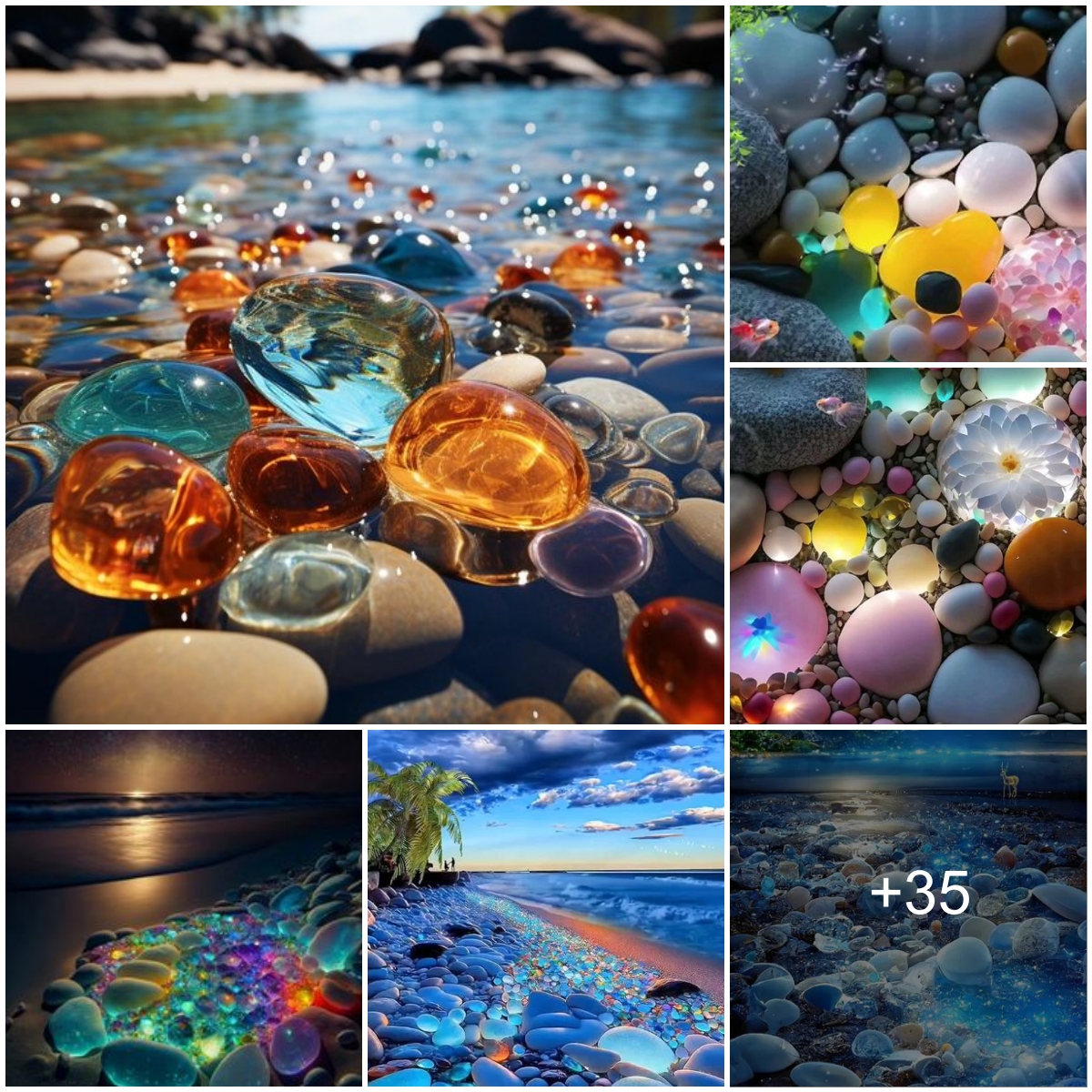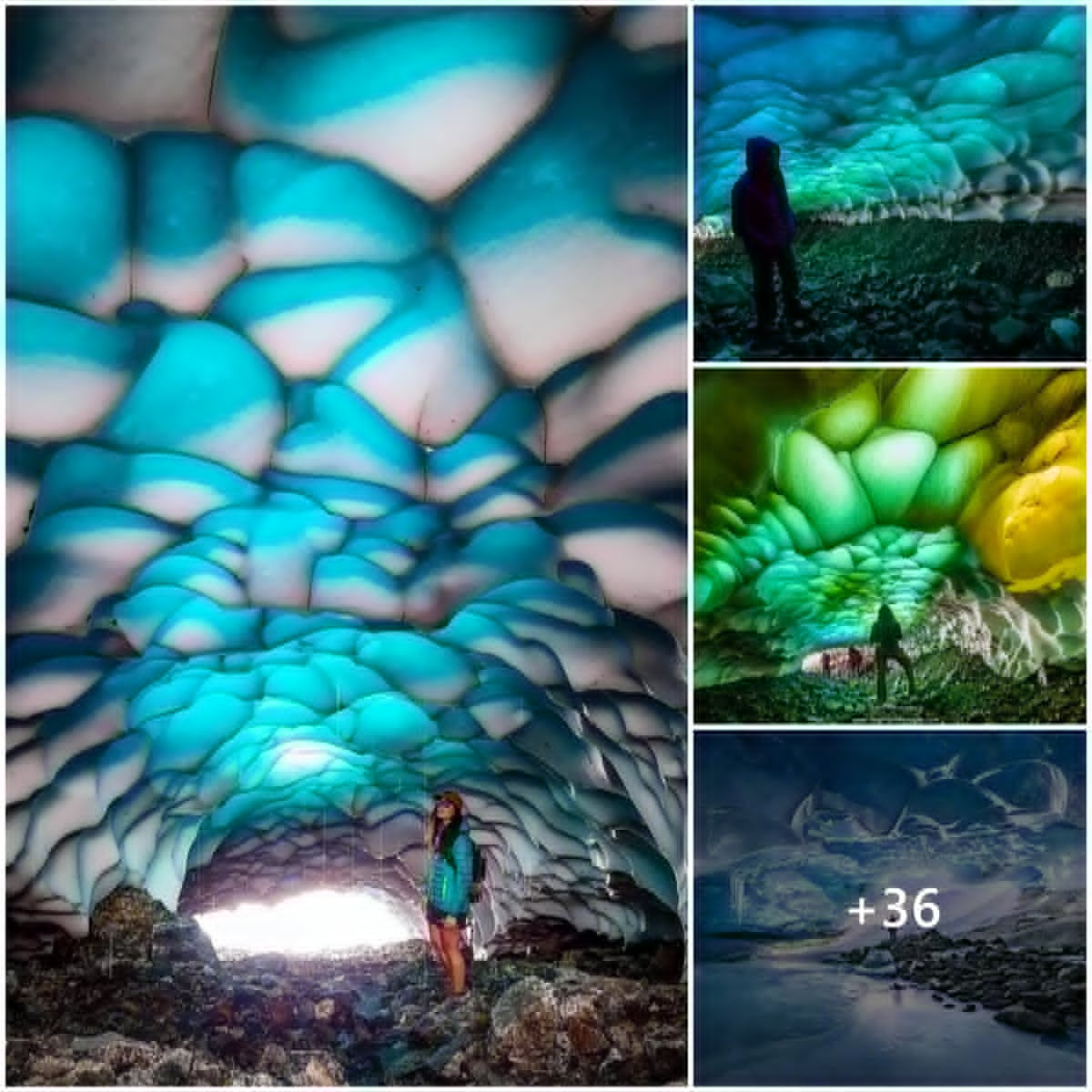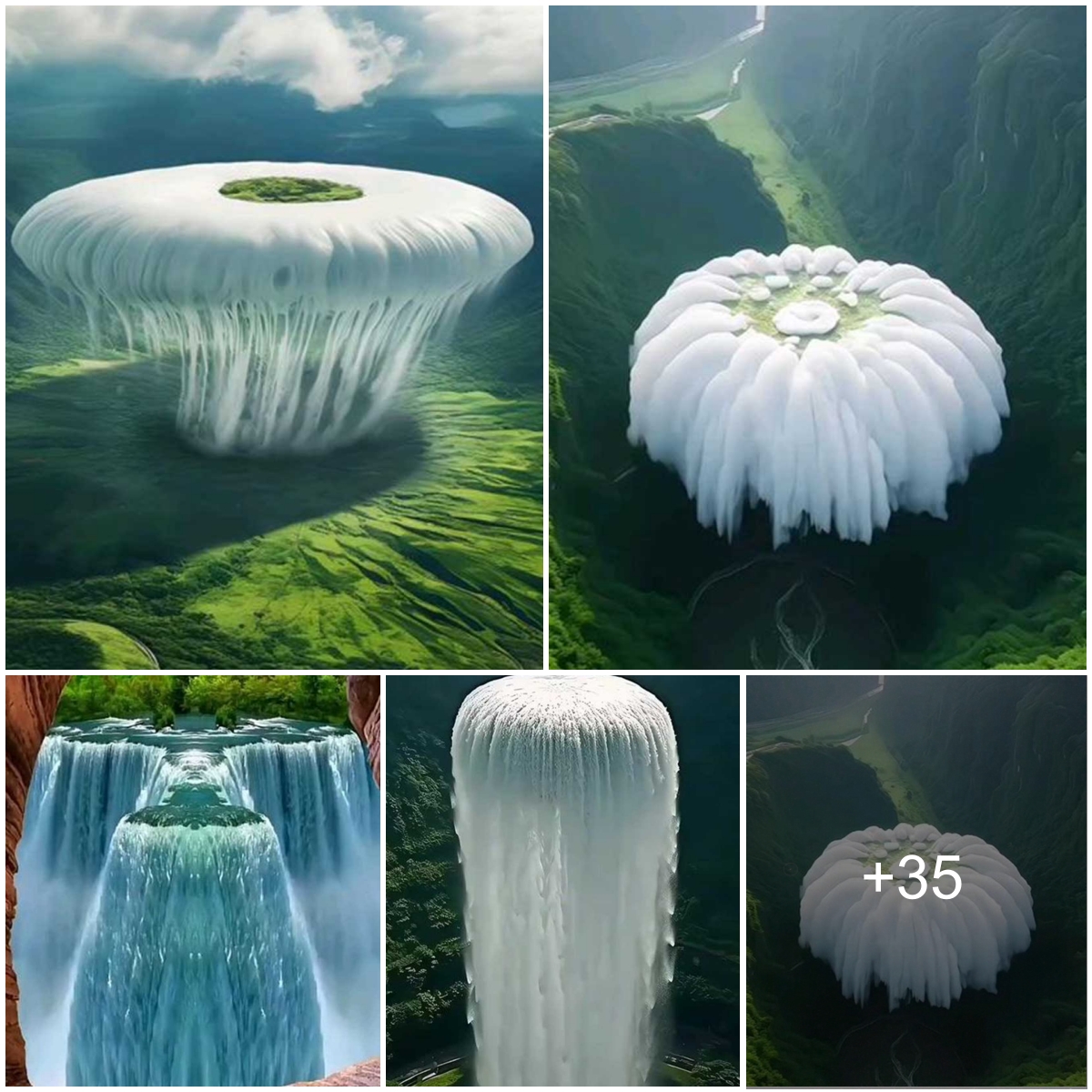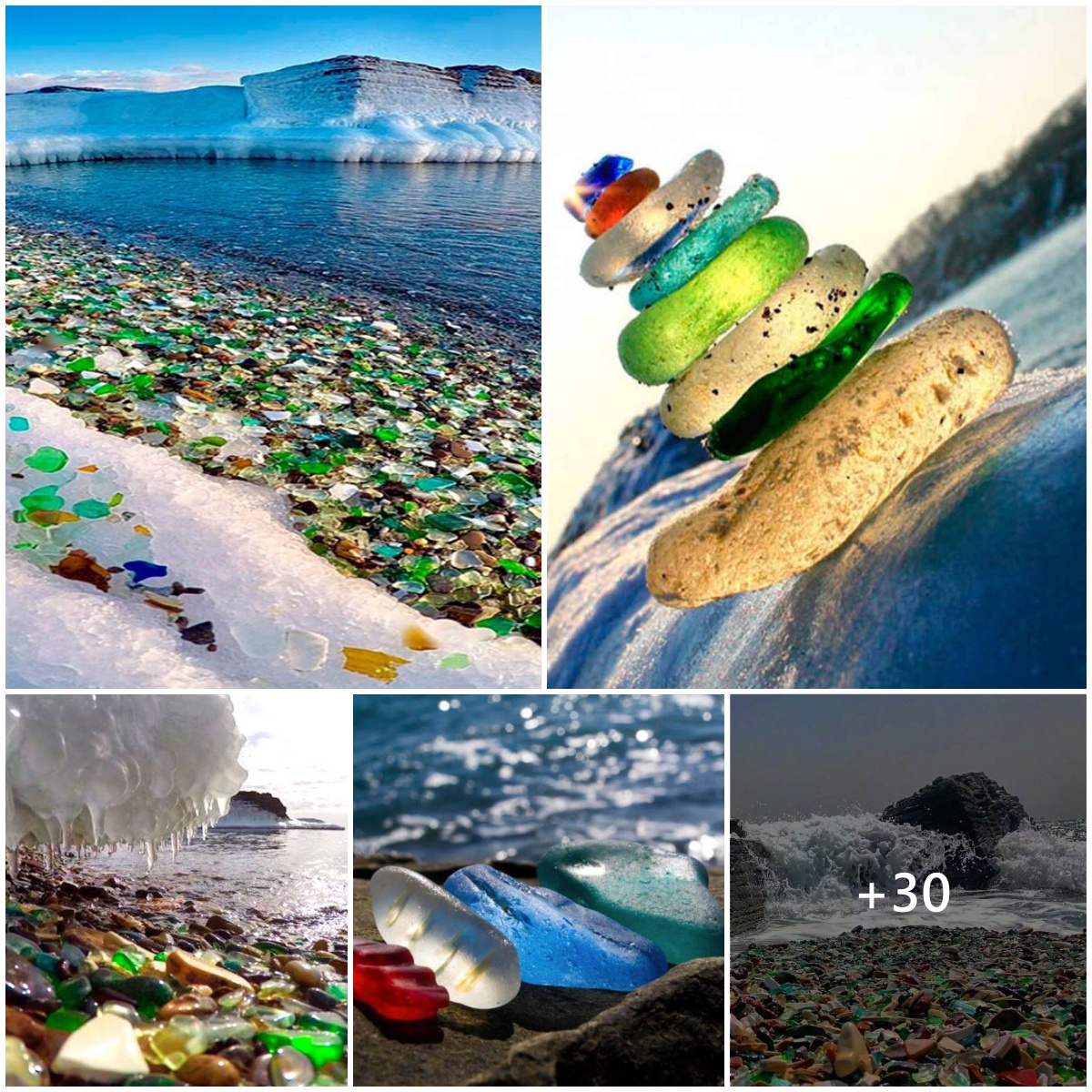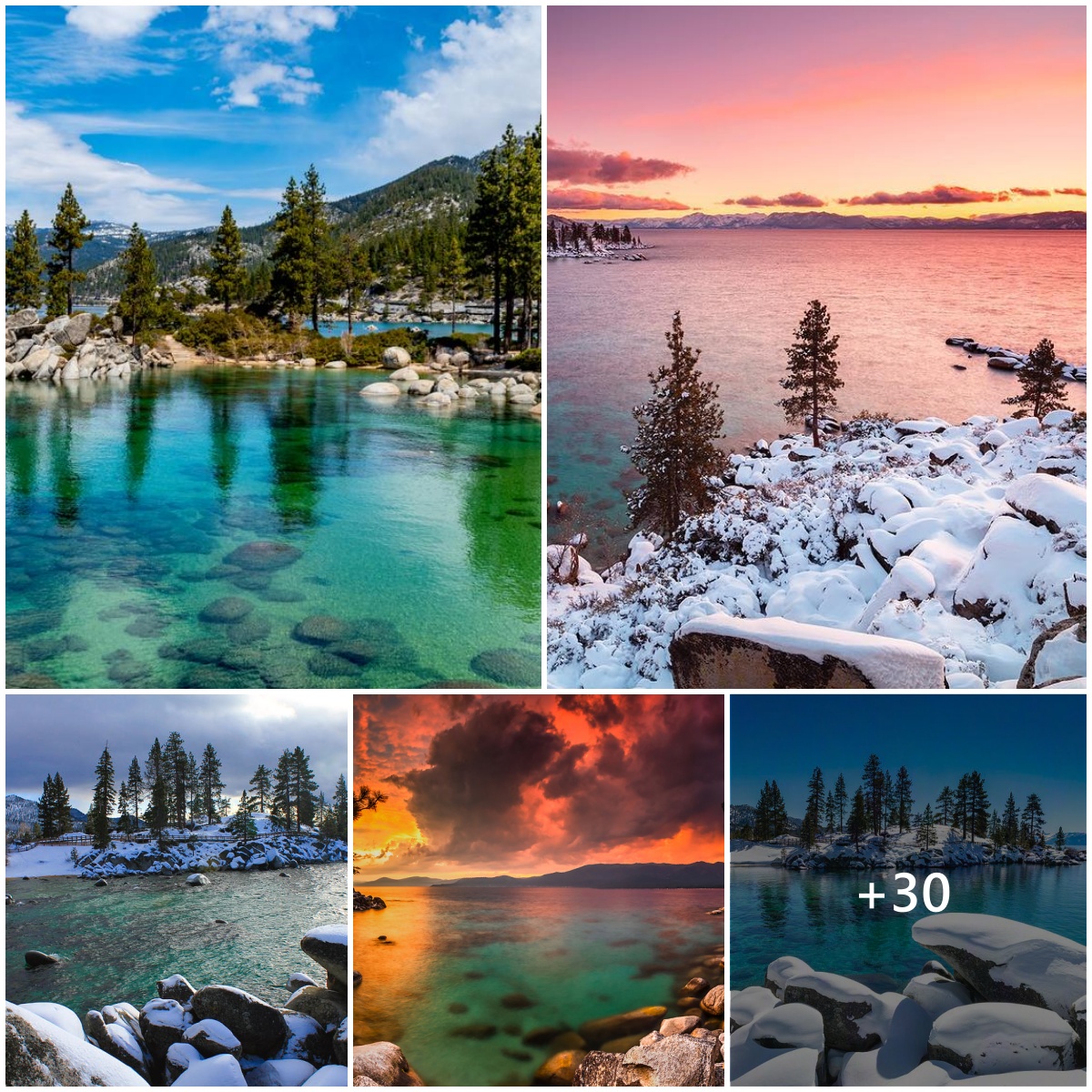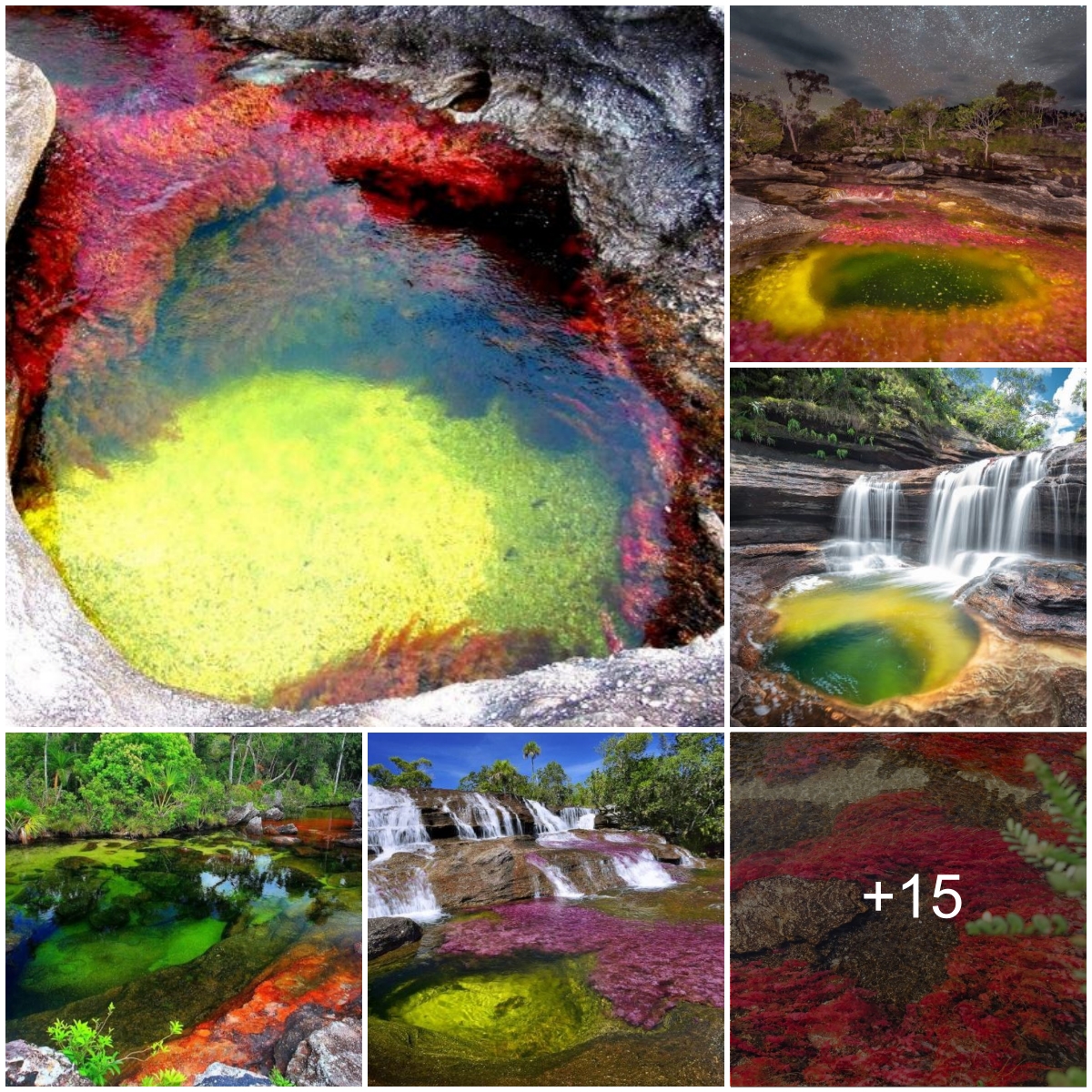Volcanoes have always captured our imagination with their raw power and stunning displays of nature’s forces. These majestic mountains of fire and fury have shaped the Earth’s landscapes for millions of years. In this blog post, we will delve into the captivating world of volcanoes and uncover some fascinating facts that will leave you in awe. So, fasten your seatbelts and prepare for an exciting journey through the top facts about volcanoes!
Discover the Fiery Wonder: Volcanoes New Tab
1. Volcanoes: Earth’s Fiery Vents
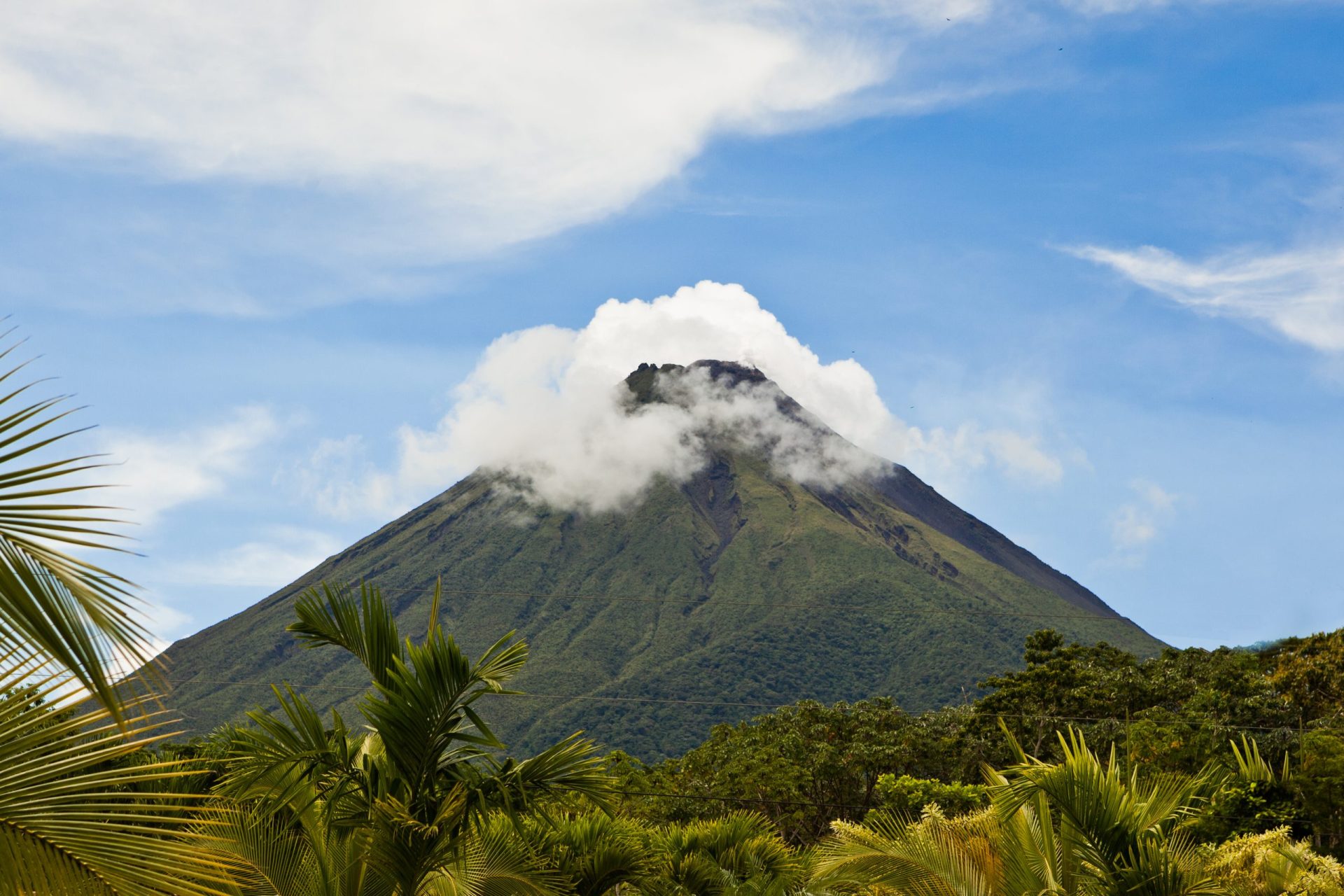 Volcanoes are openings in the Earth’s crust that allow molten rock, ash, and gases to escape from deep within the planet’s interior. They are like windows into the fiery underworld, giving us a glimpse of the tremendous power simmering beneath our feet.
Volcanoes are openings in the Earth’s crust that allow molten rock, ash, and gases to escape from deep within the planet’s interior. They are like windows into the fiery underworld, giving us a glimpse of the tremendous power simmering beneath our feet.
2. The Ring of Fire
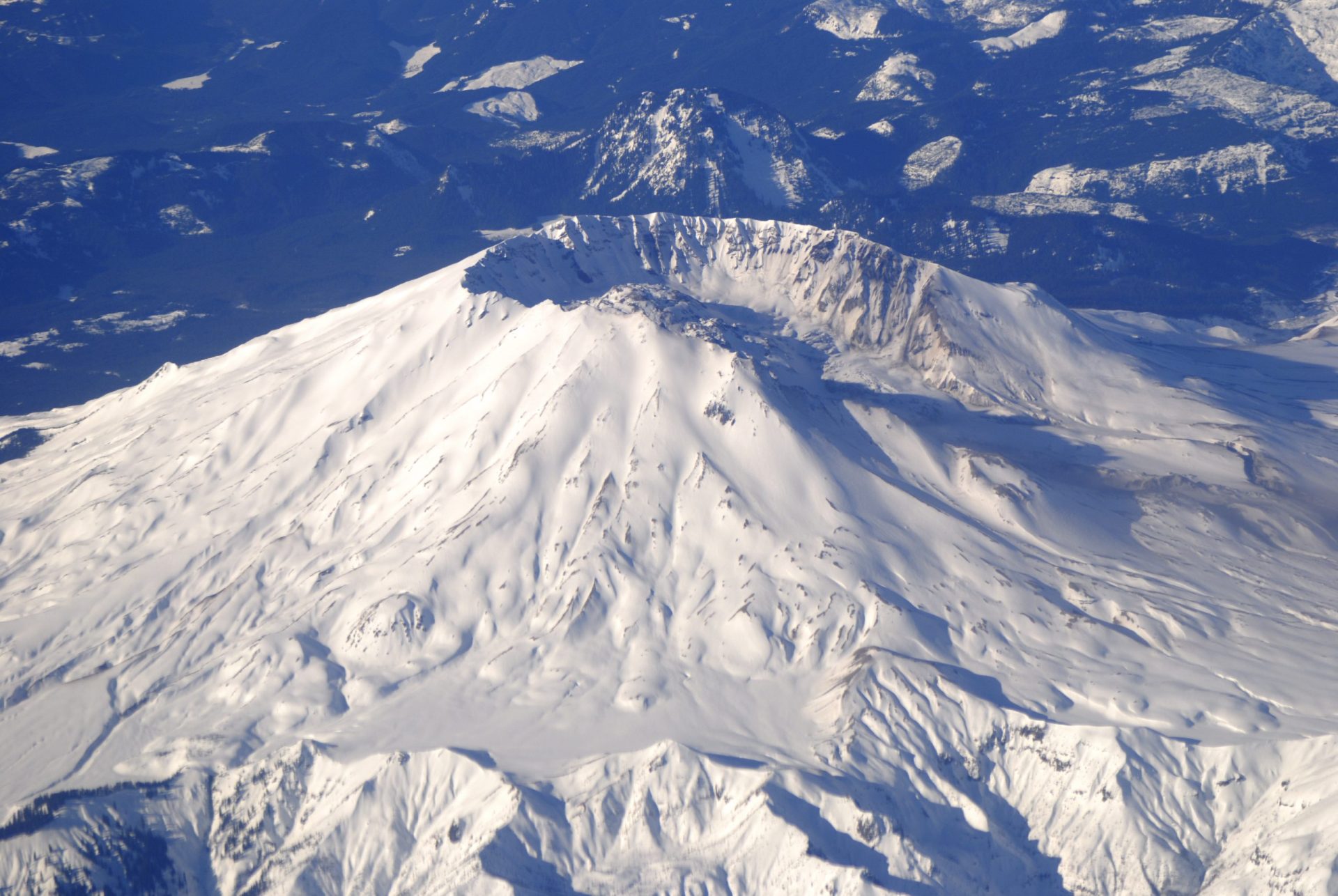 Did you know that the majority of volcanoes on Earth are concentrated in a region known as the “Ring of Fire”? This horseshoe-shaped area encircles the Pacific Ocean and is home to around 75% of the world’s active volcanoes. From the explosive Mount St. Helens in the United States to the majestic Mount Fuji in Japan, the Ring of Fire is a hotbed of volcanic activity.
Did you know that the majority of volcanoes on Earth are concentrated in a region known as the “Ring of Fire”? This horseshoe-shaped area encircles the Pacific Ocean and is home to around 75% of the world’s active volcanoes. From the explosive Mount St. Helens in the United States to the majestic Mount Fuji in Japan, the Ring of Fire is a hotbed of volcanic activity.
3. Explosive Beauty
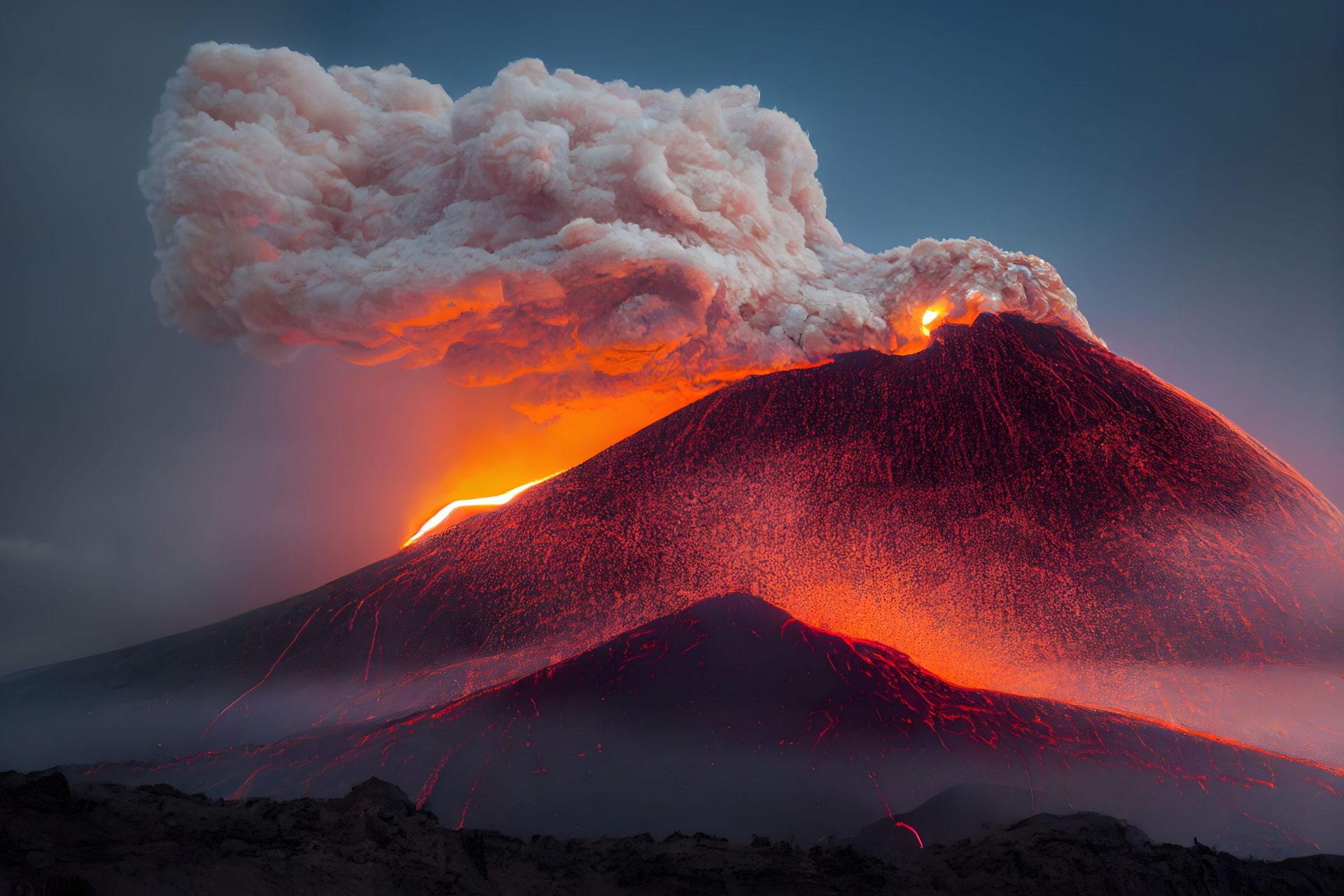 When we think of volcanoes, we often envision towering columns of billowing smoke and erupting magma. This explosive nature is due to the high viscosity of the lava. Viscosity refers to a liquid’s resistance to flow, and when lava is highly viscous, gases become trapped within it. As the pressure builds, eruptions can be cataclysmic, launching ash, rocks, and even entire pyroclastic flows into the air.
When we think of volcanoes, we often envision towering columns of billowing smoke and erupting magma. This explosive nature is due to the high viscosity of the lava. Viscosity refers to a liquid’s resistance to flow, and when lava is highly viscous, gases become trapped within it. As the pressure builds, eruptions can be cataclysmic, launching ash, rocks, and even entire pyroclastic flows into the air.
4. Types of Volcanoes
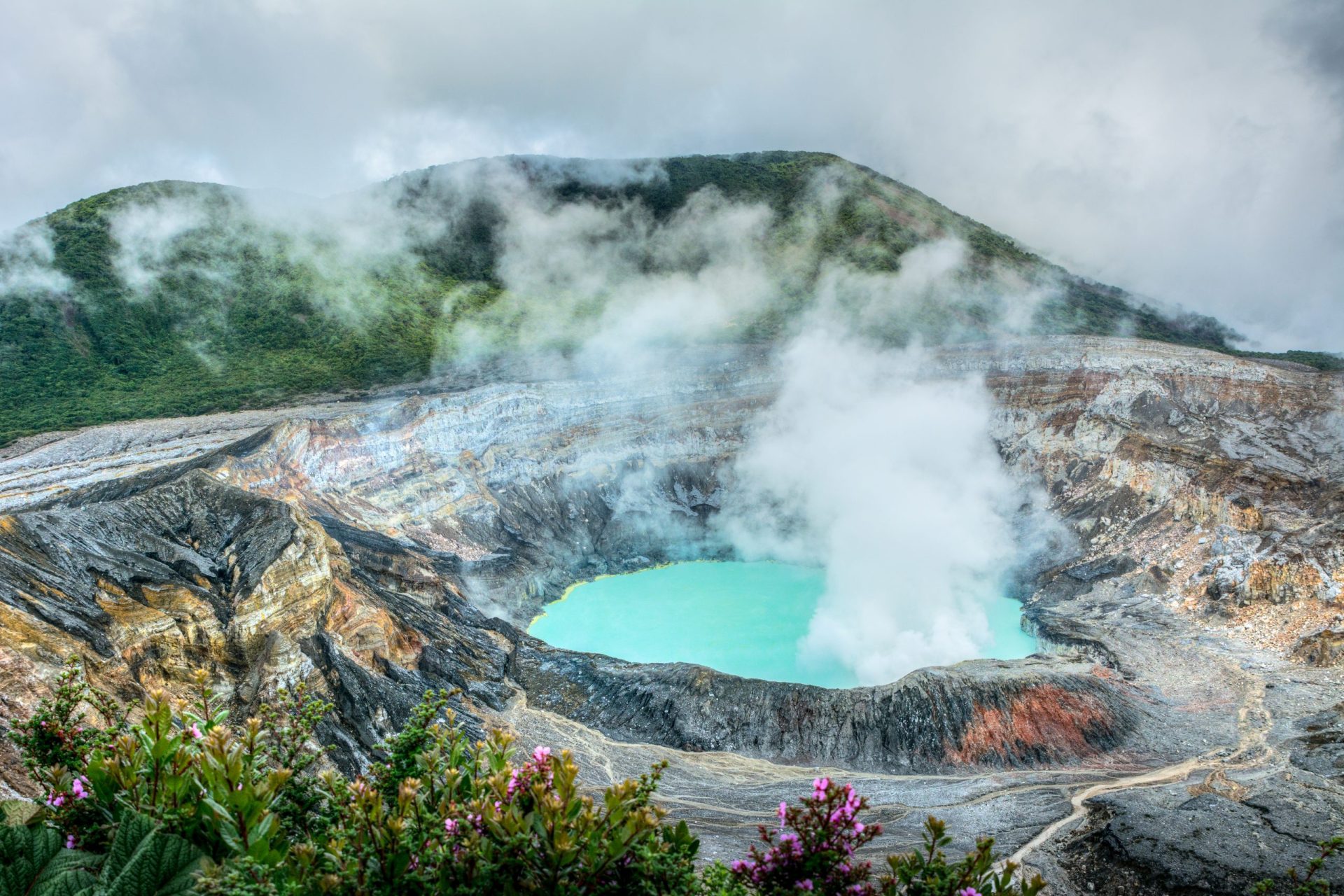 Volcanoes come in different shapes and sizes, each with its own distinct characteristics. The three main types of volcanoes are shield volcanoes, cinder cone volcanoes, and stratovolcanoes.
Volcanoes come in different shapes and sizes, each with its own distinct characteristics. The three main types of volcanoes are shield volcanoes, cinder cone volcanoes, and stratovolcanoes.
Shield volcanoes, such as Mauna Loa in Hawaii, are broad and gently sloping. They are formed by multiple layers of lava flowing out and spreading over a large area, creating a shield-like shape.
Cinder cone volcanoes, like Paricutin in Mexico, are cone-shaped and relatively small. They are composed of volcanic ash and cinders that are ejected during explosive eruptions.
Stratovolcanoes, also known as composite volcanoes, are the most iconic and visually striking. Mount Vesuvius in Italy and Mount Rainier in the United States are examples of stratovolcanoes. They are characterized by steep sides and alternating layers of hardened lava, ash, and rock fragments.
5. The Deadly Ash Clouds
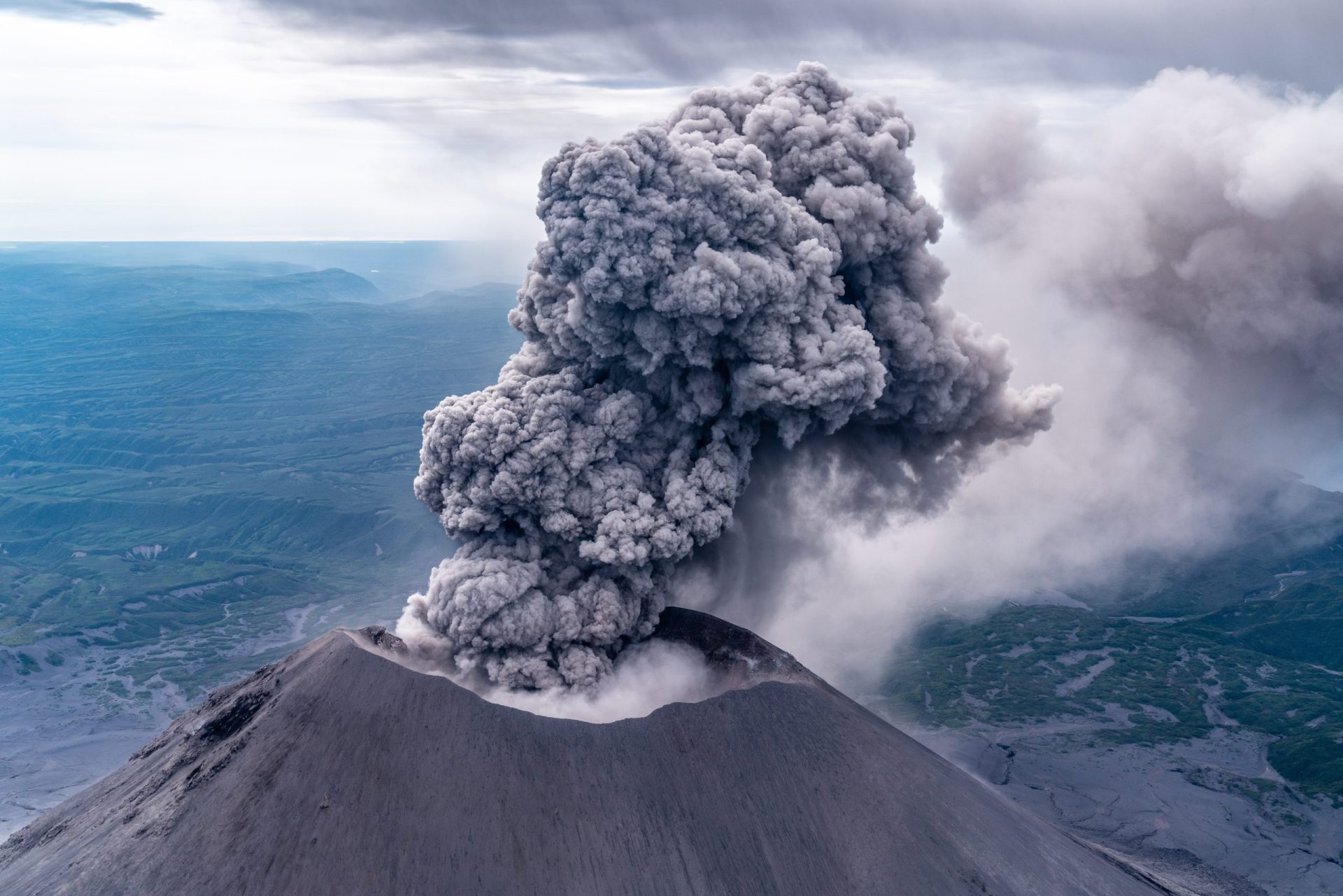 Volcanic eruptions release vast amounts of ash into the atmosphere, and these ash clouds can have devastating consequences. Fine ash particles can travel thousands of kilometers, affecting air quality, disrupting air travel, and posing significant health risks. The 2010 eruption of Iceland’s Eyjafjallajökull volcano, for instance, caused widespread flight cancellations and disrupted global air traffic for several weeks.
Volcanic eruptions release vast amounts of ash into the atmosphere, and these ash clouds can have devastating consequences. Fine ash particles can travel thousands of kilometers, affecting air quality, disrupting air travel, and posing significant health risks. The 2010 eruption of Iceland’s Eyjafjallajökull volcano, for instance, caused widespread flight cancellations and disrupted global air traffic for several weeks.
6. Volcanic Lightning
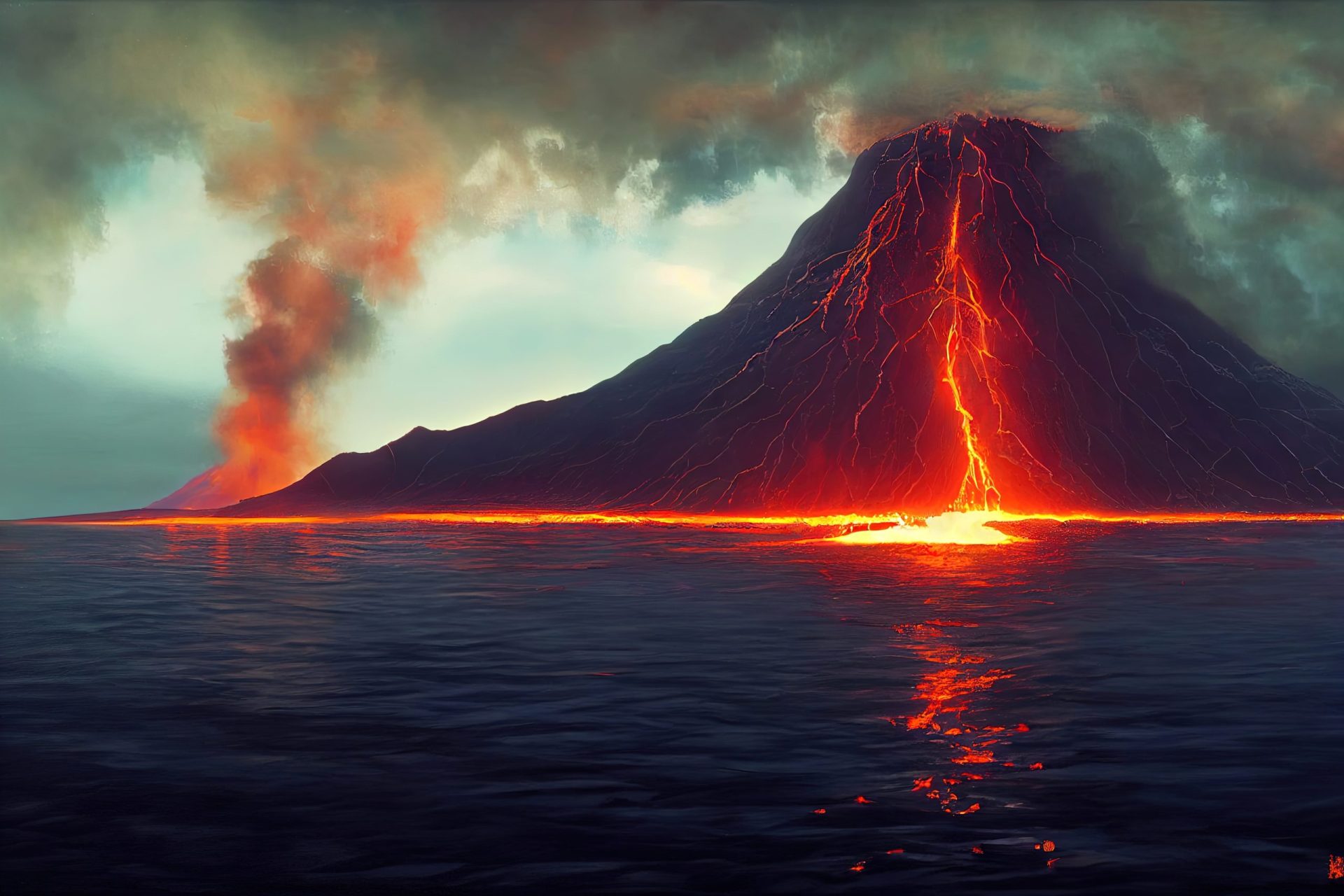 Volcanic eruptions can generate one of nature’s most awe-inspiring spectacles: volcanic lightning. As the ash, rock fragments, and ice particles in a volcanic plume collide, they generate static electricity. This buildup of charge can discharge as powerful lightning bolts, illuminating the darkened sky above a volcano’s eruptive column.
Volcanic eruptions can generate one of nature’s most awe-inspiring spectacles: volcanic lightning. As the ash, rock fragments, and ice particles in a volcanic plume collide, they generate static electricity. This buildup of charge can discharge as powerful lightning bolts, illuminating the darkened sky above a volcano’s eruptive column.
7. Underwater Volcanoes
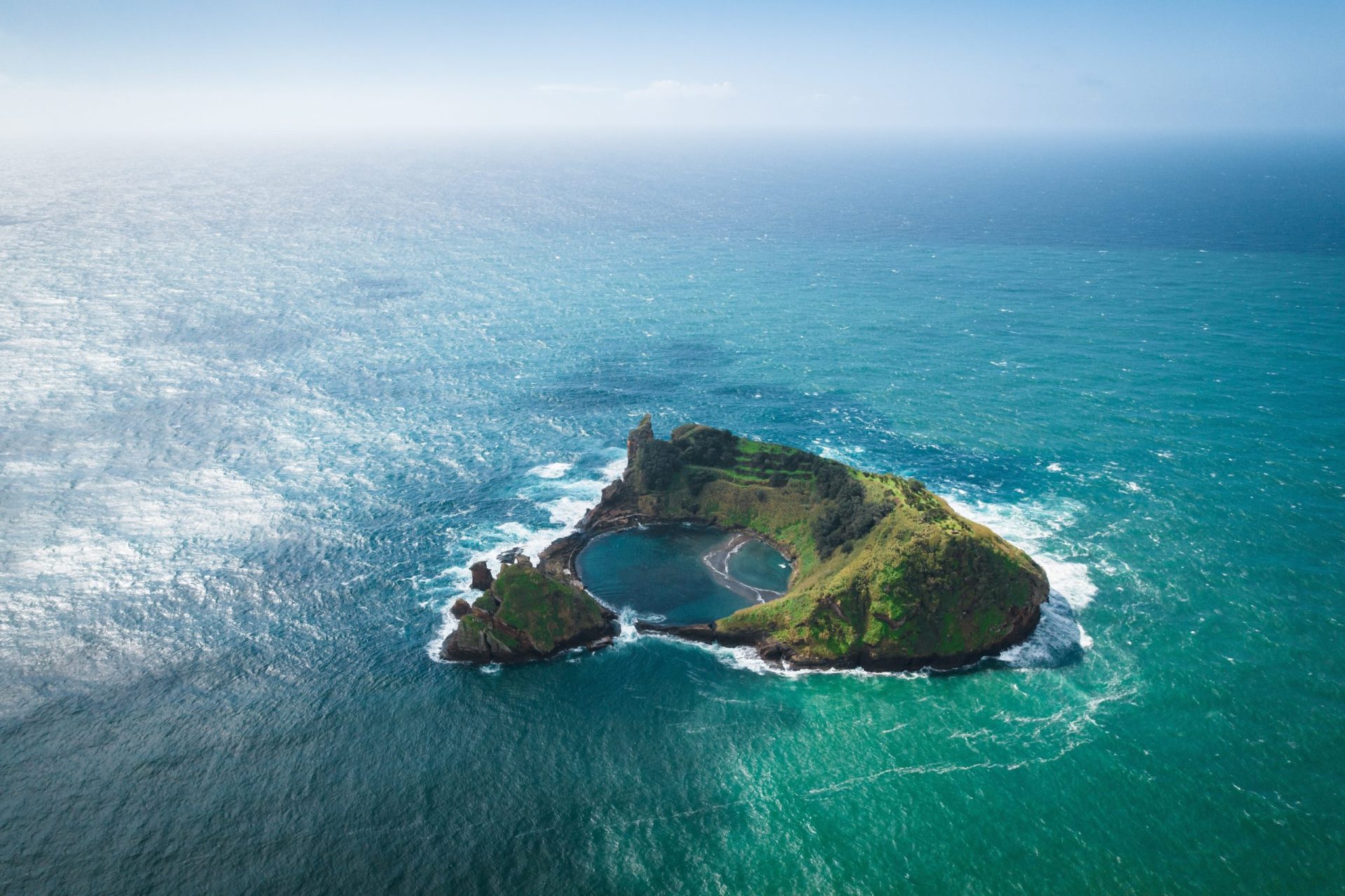 Volcanoes aren’t limited to land—they also exist beneath the ocean’s surface. Underwater volcanoes, known as submarine volcanoes, can create new islands or add to existing landmasses. These eruptions, often unseen by human eyes, are critical to the formation of unique ecosystems and the recycling of minerals in the ocean.
Volcanoes aren’t limited to land—they also exist beneath the ocean’s surface. Underwater volcanoes, known as submarine volcanoes, can create new islands or add to existing landmasses. These eruptions, often unseen by human eyes, are critical to the formation of unique ecosystems and the recycling of minerals in the ocean.
8. Volcanic Hazards
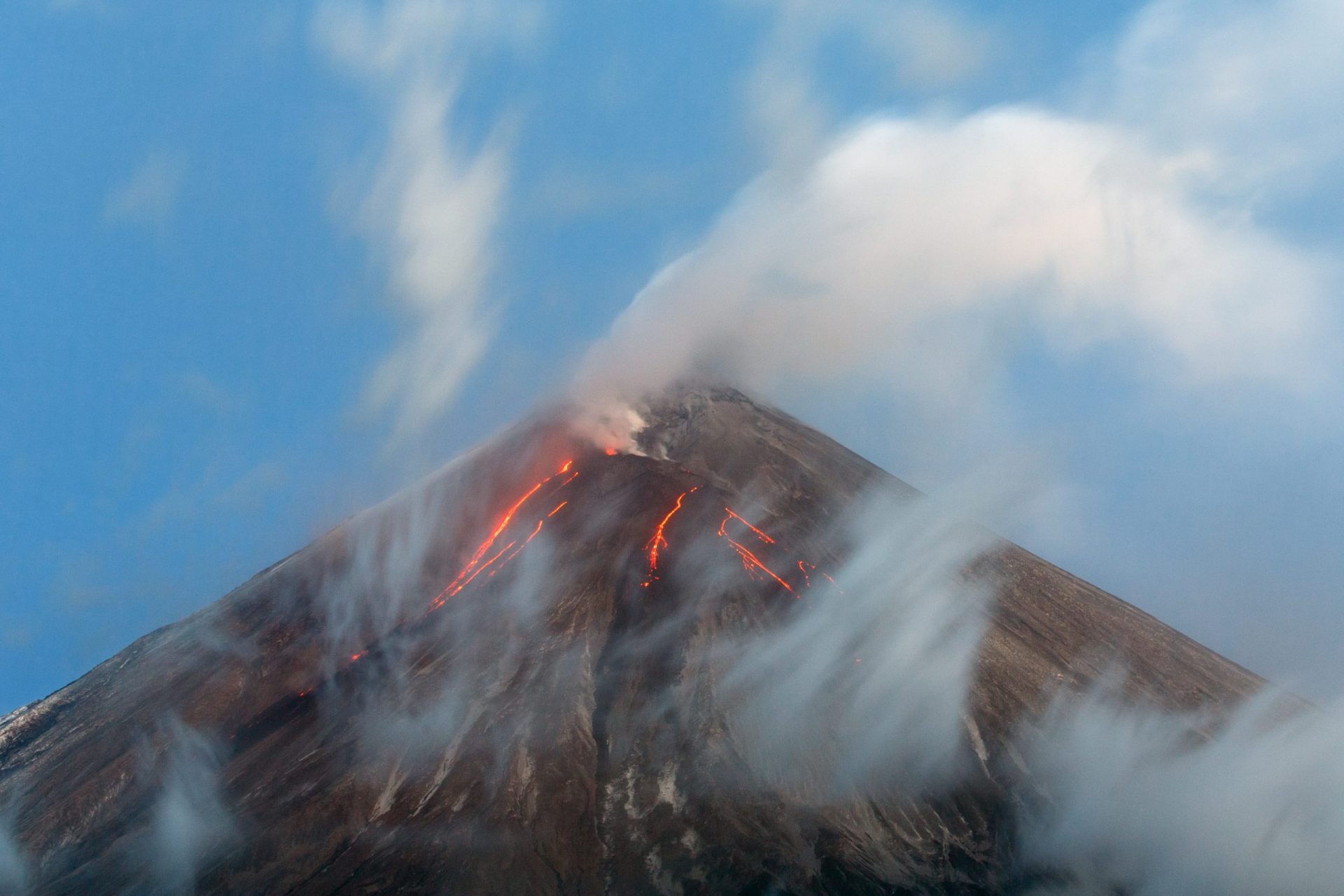 Living near a volcano can be both breathtaking and perilous. Volcanic hazards include pyroclastic flows (superheated currents of gas, ash, and rock), lahars (mudflows caused by volcanic debris mixing with water), and volcanic gases. Understanding these risks and implementing proper safety measures is crucial for communities residing in volcanic regions.
Living near a volcano can be both breathtaking and perilous. Volcanic hazards include pyroclastic flows (superheated currents of gas, ash, and rock), lahars (mudflows caused by volcanic debris mixing with water), and volcanic gases. Understanding these risks and implementing proper safety measures is crucial for communities residing in volcanic regions.
9. A Source of Life
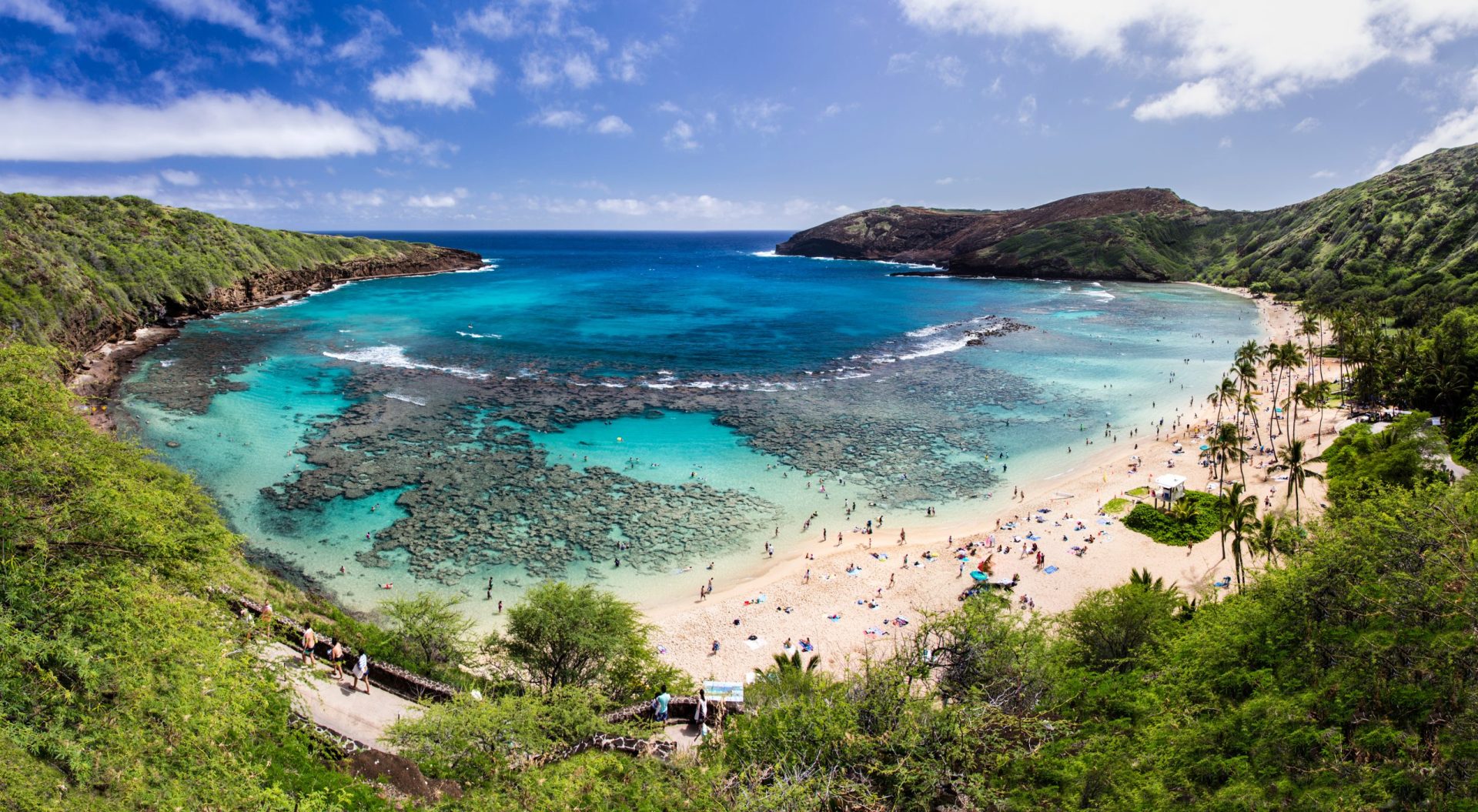 While volcanic eruptions can be destructive, they also contribute to the creation of fertile soil. Lava and ash, rich in minerals and nutrients, provide a nourishing foundation for plant growth. Volcanic activity has played a significant role in forming some of the most fertile regions on Earth, such as the volcanic islands of Hawaii and the fertile slopes of Mount Etna in Sicily.
While volcanic eruptions can be destructive, they also contribute to the creation of fertile soil. Lava and ash, rich in minerals and nutrients, provide a nourishing foundation for plant growth. Volcanic activity has played a significant role in forming some of the most fertile regions on Earth, such as the volcanic islands of Hawaii and the fertile slopes of Mount Etna in Sicily.
10. Volcanic Eruptions: A Window into Earth’s History
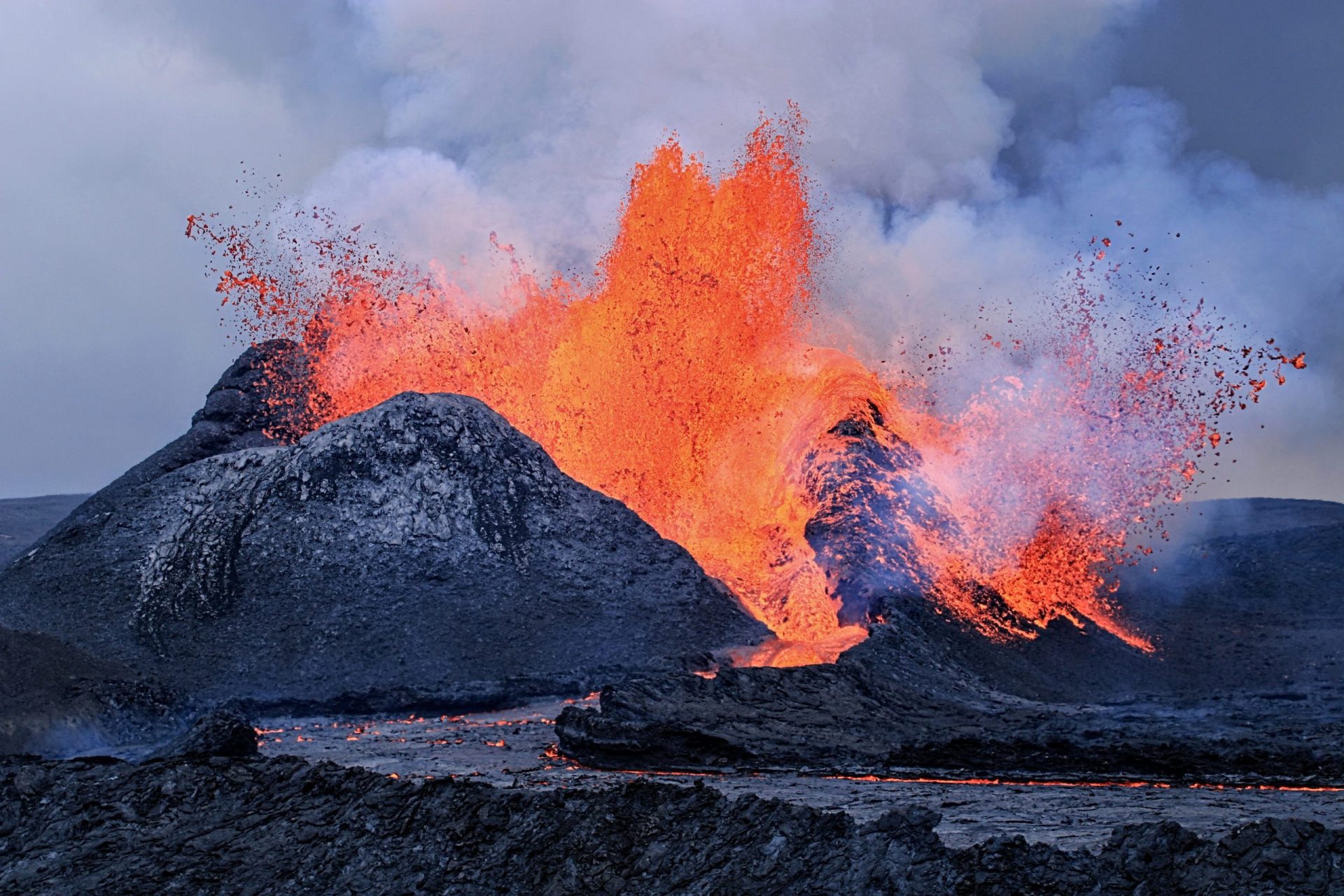 Studying volcanic eruptions provides valuable insights into Earth’s geological history. The layers of hardened lava and ash act as a record of past eruptions, revealing information about the planet’s climate, volcanic activity patterns, and even ancient civilizations. Volcanoes are, in a sense, time capsules that offer scientists a glimpse into the Earth’s fiery past.
Studying volcanic eruptions provides valuable insights into Earth’s geological history. The layers of hardened lava and ash act as a record of past eruptions, revealing information about the planet’s climate, volcanic activity patterns, and even ancient civilizations. Volcanoes are, in a sense, time capsules that offer scientists a glimpse into the Earth’s fiery past.
Volcanoes are awe-inspiring natural wonders that remind us of the Earth’s power and beauty.
From their explosive eruptions to the creation of new landforms, these fiery vents have shaped our world in profound ways. By exploring the top facts about volcanoes, we gain a deeper appreciation for the geological forces that continue to shape our planet. So, let’s marvel at the majestic beauty of volcanoes while respecting the risks they pose to those living in their shadow.
Discover the Fiery Wonder: Volcanoes New Tab
views
In the tranquil realms of wetlands, where water meets land in a delicate dance, a diverse array of creatures thrives. From majestic birds to playful mammals, each inhabitant plays a crucial role in maintaining the…
Our planet holds a vast array of landscapes, from the icy peaks of the Himalayas to the lush rainforests of the Amazon. But nestled in the Afar Triangle of Ethiopia lies a place unlike any other – the Danakil Depression…
In the tapestry of the natural world, where every creature plays a pivotal role in the ecosystem’s harmony, there exists a phenomenon so fleeting yet so profoundly beautiful that it captures the essence of…
